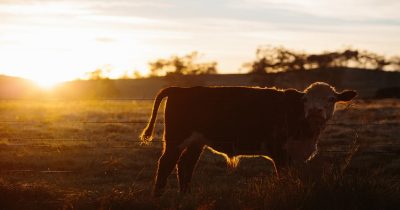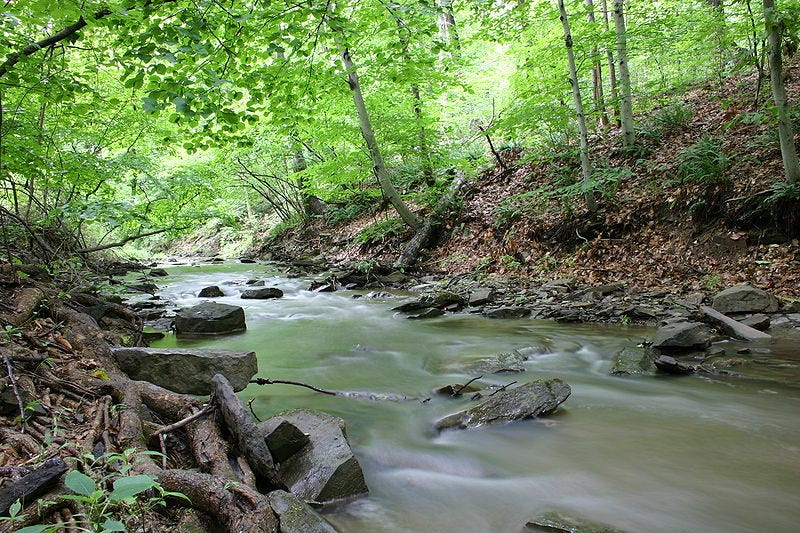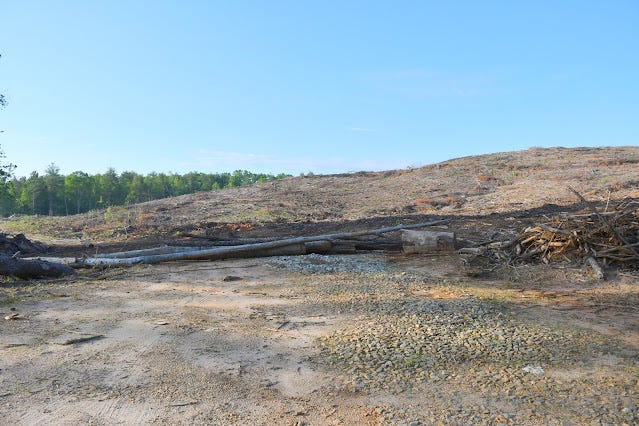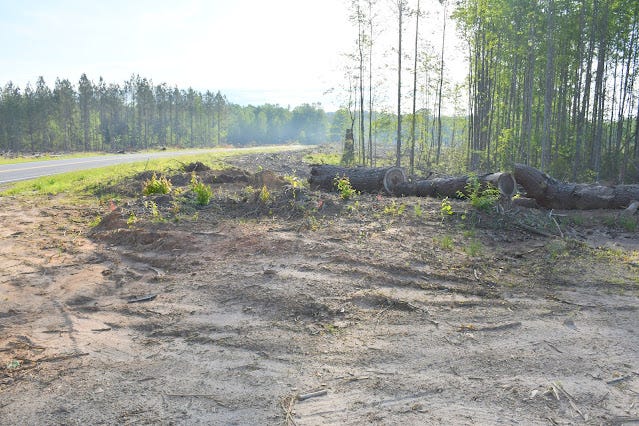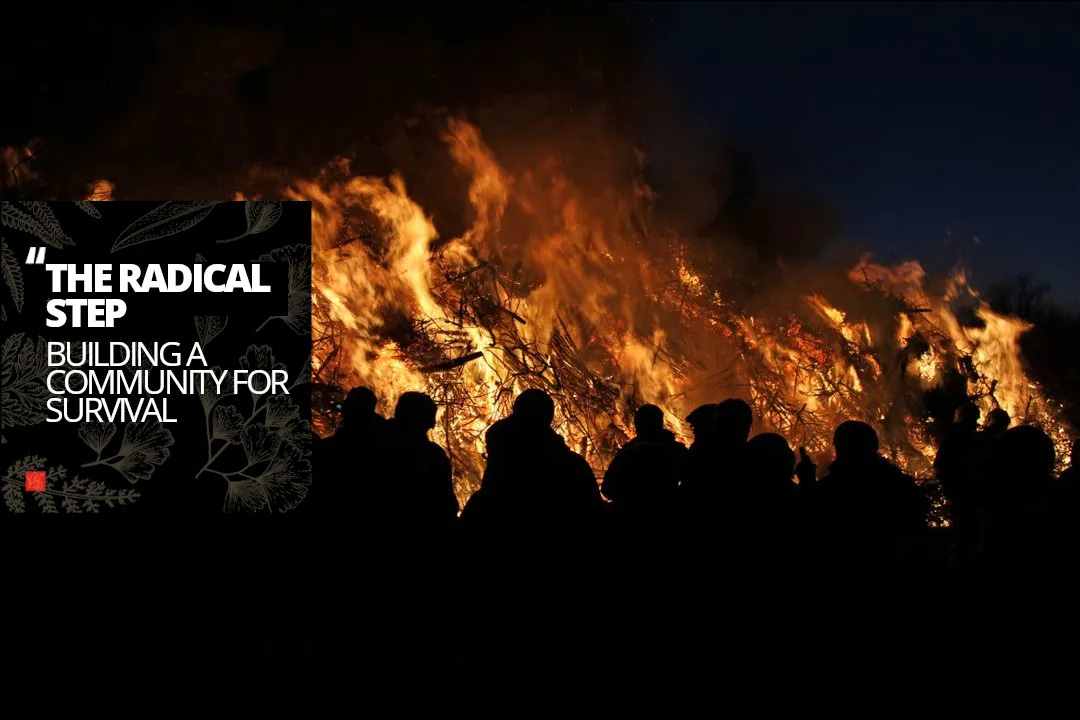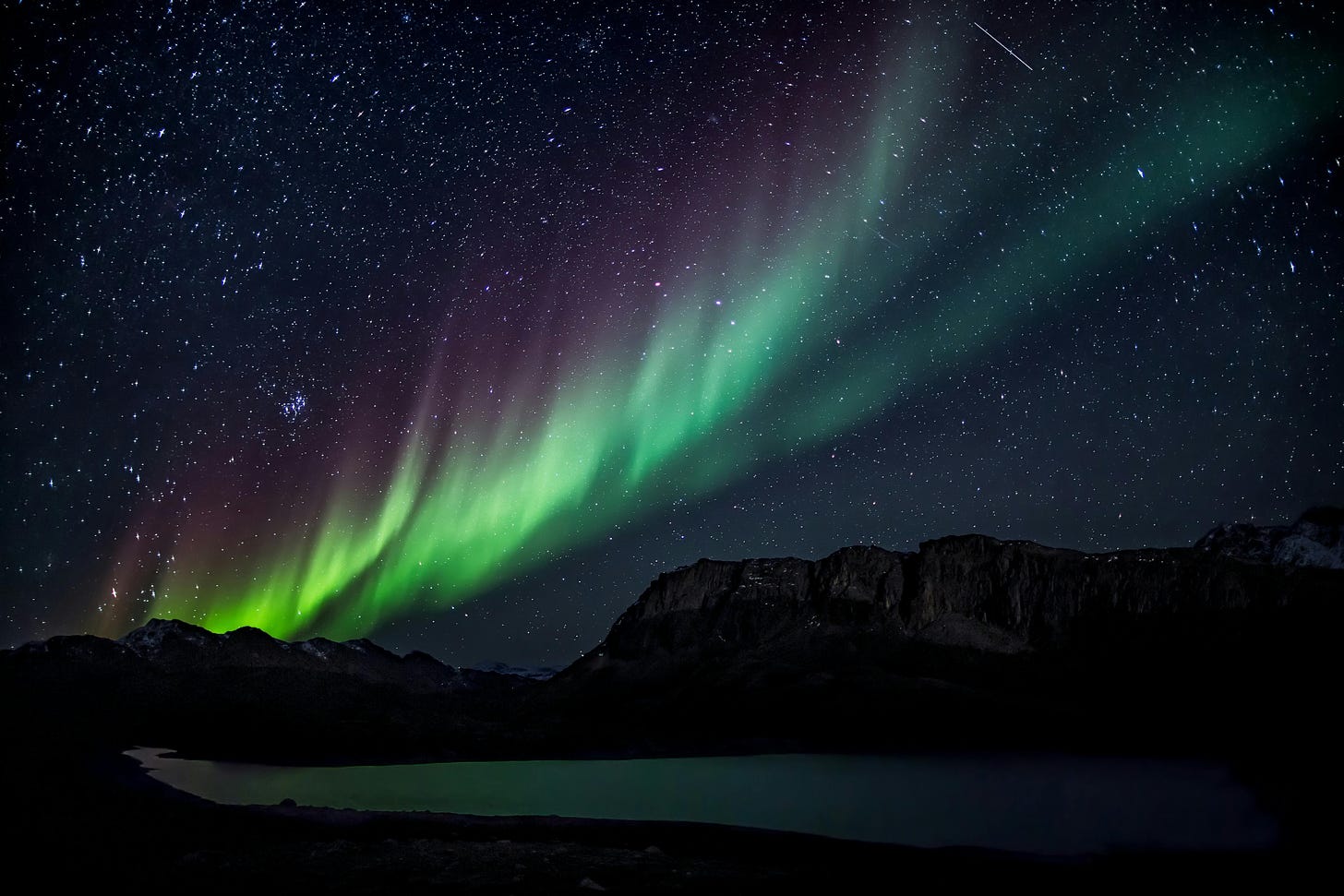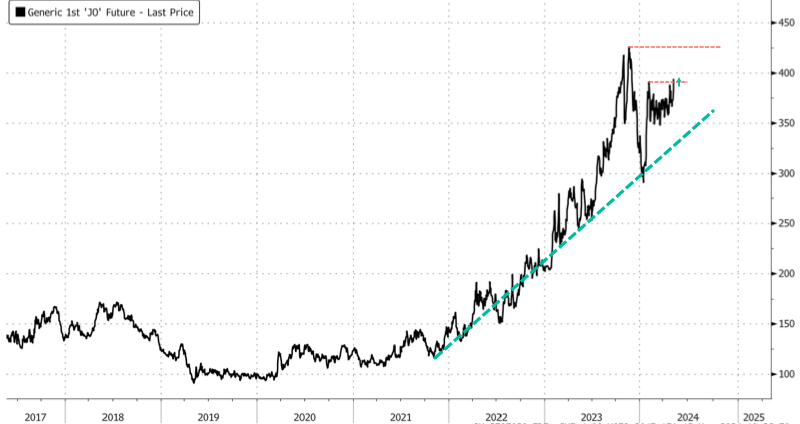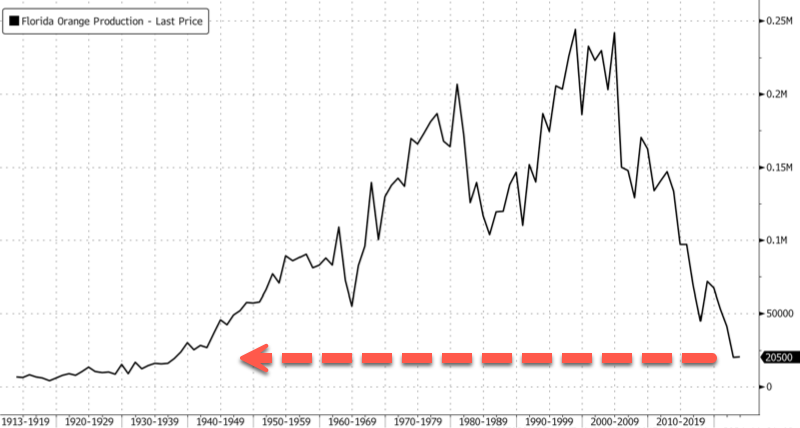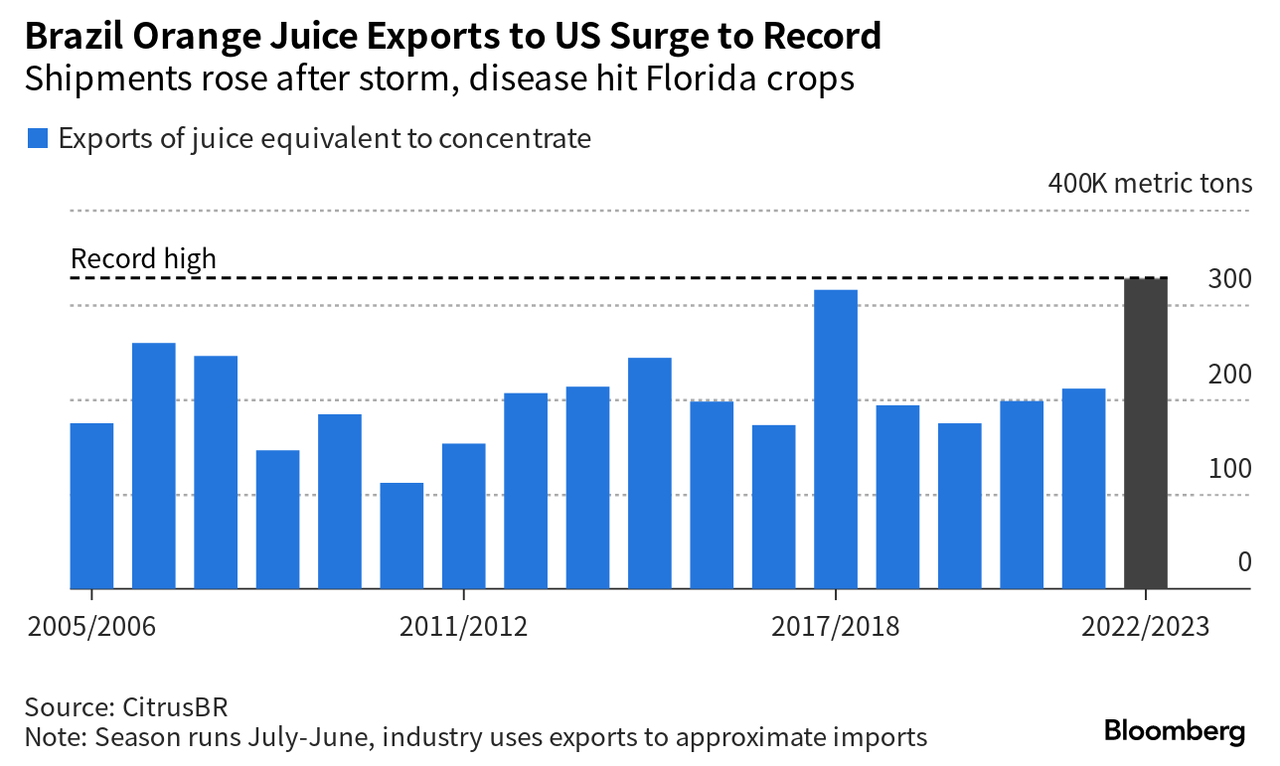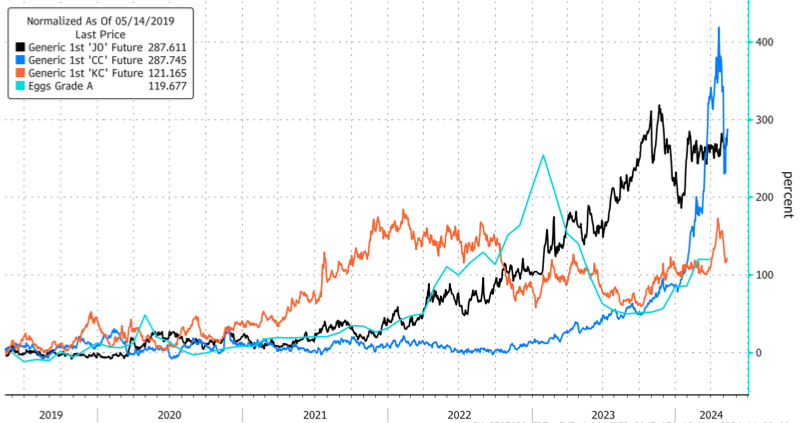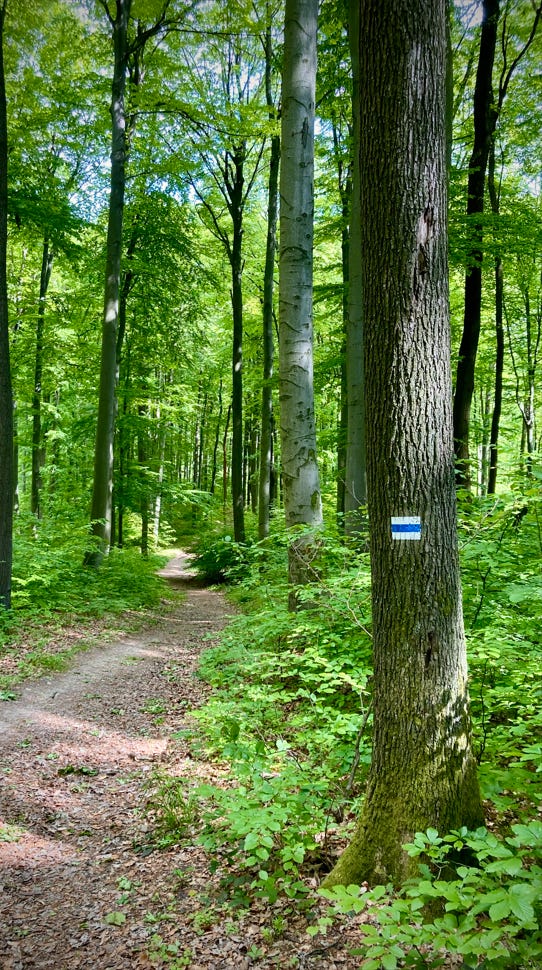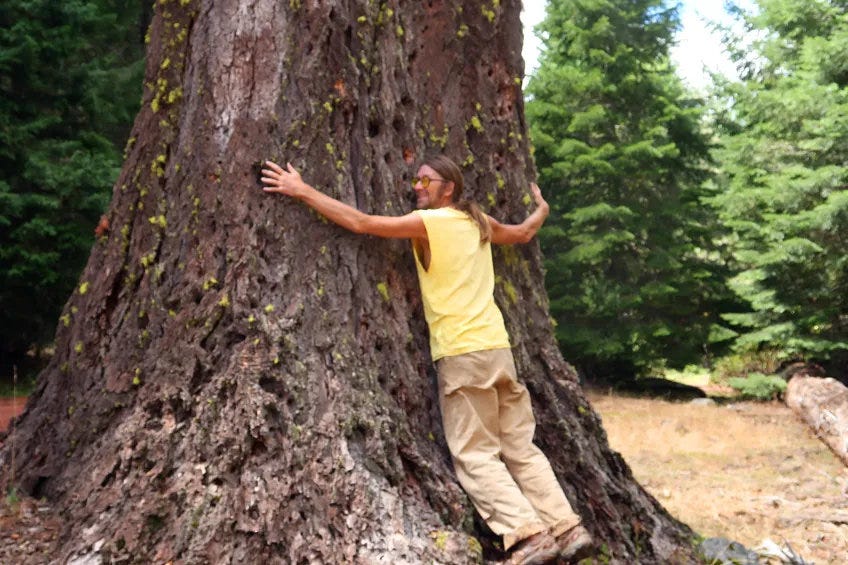Last year’s summer was the hottest in 2,000 years, ancient tree rings reveal.
Researchers already knew that 2023 was one for the books, with average temperatures soaring past anything recorded since 1850. But there are no measurements stretching further back than that date, and even the available data is patchy, according to a study published Tuesday (May 14) in the journal Nature. So, to determine whether 2023 was an exceptionally hot year relative to the millennia that preceded it, the study authors turned to records kept by nature.
Trees provide a snapshot of past climates, because they are sensitive to changes in rainfall and temperature. This information is crystalized in their growth rings, which grow wider in warm, wet years than they do in cold, dry years. The scientists examined available tree-ring data dating back to the height of the Roman Empire and concluded that 2023 really was a standout, even when accounting for natural variations in climate over time.
“When you look at the long sweep of history, you can see just how dramatic recent global warming is,” co-author Ulf Büntgen, a professor of environmental systems analysis at the University of Cambridge in the U.K., said in a statement. The data indicated that “2023 was an exceptionally hot year, and this trend will continue unless we reduce greenhouse gas emissions dramatically,” he said.
…click on the above link to read the rest of the article…



